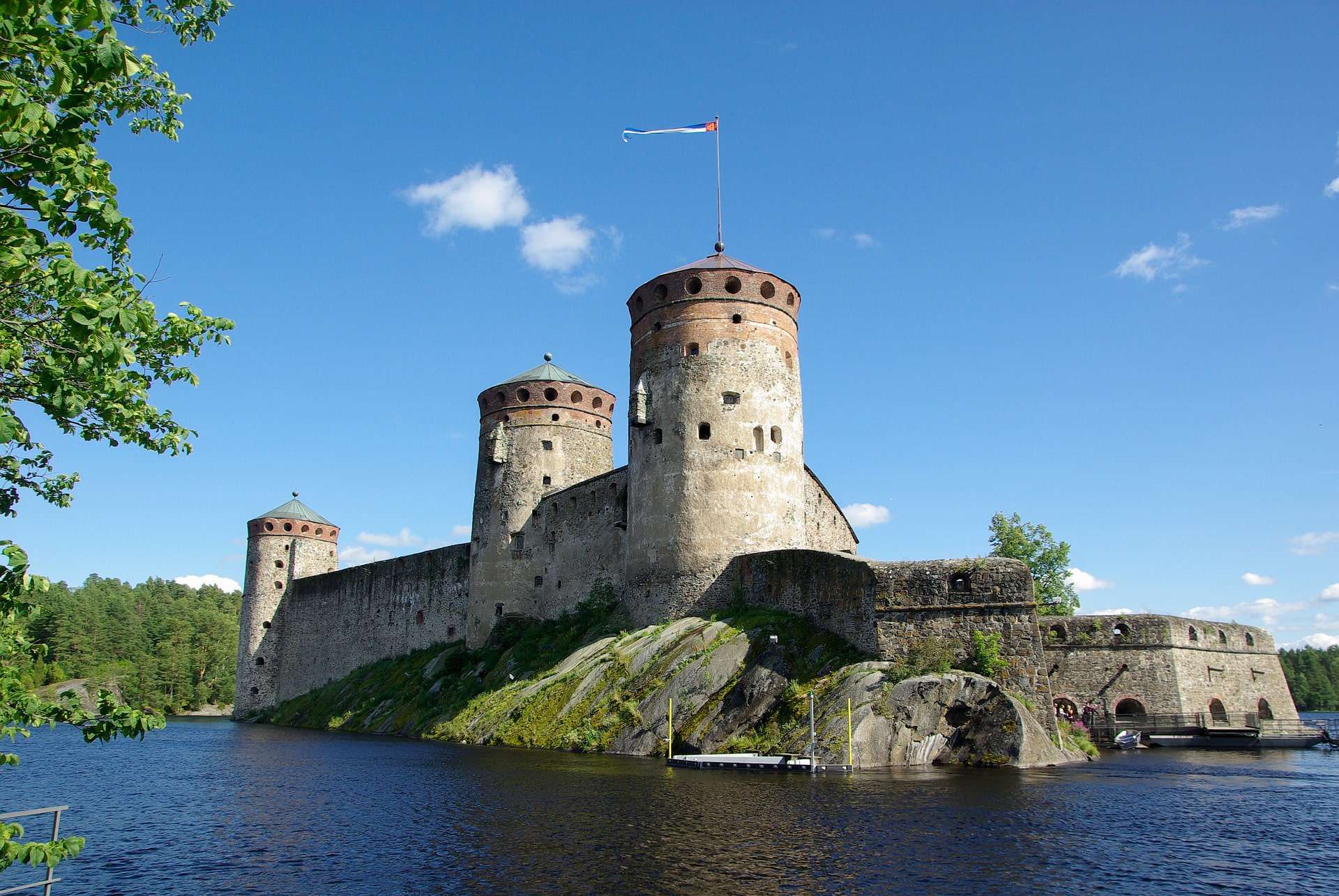Understanding Scandinavian countries depend on the context, and who is asked. The answer may be different when speaking in terms of geography, culture, or language. When the word “Nordic” is thrown into the mix, things becomes confusing and these two are often used interchangeably in context but they have their own specific meanings. In this article, we will take a deep look at Scandinavia to get a proper understanding of what it is.
The word “Scandinavia” originated in the early 18th century due to Danish and Swedish universities championing shared history, mythology, arts, and culture of Denmark, Sweden, and Norway. The movement derived its name from Scania, also known as Skane, the southernmost province of Sweden, which gave rise to the term “Scandinavia.”
For years until 1814, Denmark and Norway were initially under one kingdom before Norway was ceded to Sweden were both entered a union as one of two equal kingdom until in 1905, when both kingdoms became independent after dissolving the union.
Today, Scandinavia means a group of countries in the northern part of Europe, which includes Denmark, Norway, and Sweden, and depending on certain conditions, includes Iceland, Finland, and the Faroe Islands.
Scandinavia is usually referred to as Northern Europe. The Scandinavian peninsula is made up of Sweden and Norway. Only three countries are mentioned when referencing the geographic region of Scandinavia, and they are Denmark, Norway, and Sweden. Also included in the list are a Danish territory, Greenland and the Faroe Islands, a self-governing park of Denmark. With regards to geographical area, Finland and Iceland do not belong to Scandinavia.
The Scandinavian Peninsula comprises of Sweden and Norway. The peninsula is about 1850km in length and extends southwards from the Barents Sea in the north, the Norwegian sea to the west and the Gulf of Bothnia and the Baltic Sea to the east. The peninsula is separated from Denmark by Kattegat and Skagerrak. To the east lies Norway and to the west lies Sweden.
The area of the peninsula is 750,000 sq km. The landscape is comprised mainly of mountainous ranges, which were created by glaciation about 2 million years to 11 thousand years ago. Sweden has relatively gentle slopes of a low gradient going down to the Baltic Sea, while Norway’s mountains reach to the coastline, and separated by beautiful fjords.
With regards to culture, Scandinavia perfectly combines it all. Cooperative, practical and egalitarian. The culture in the three Scandinavian countries: Sweden, Norway, and Denmark (include their Nordic cousins Finland, and Iceland) have achieved a balance of personal comfort, societal welfare and economic strength.
With intertwined histories, the Scandinavian country may be inward-looking but they can also be characterized as outwardly influential societies that are very traditional although open to new people and ideas. Individual freedom, discretion, privacy, and tolerance are important character elements that Scandinavians cherish.
When it comes to the languages of Scandinavia, the term “North Germanic languages” helps to the describe Germanic languages which include Swedish, Danish, Norwegian, Icelandic, and Faroese. The three languages are mutually understood (in theory) by speakers of each language: Danish, Swedish, and Norwegian. Finnish belongs to the Finnic group of the Uralic languages, that also has Estonian and Hungarian as part of it.




